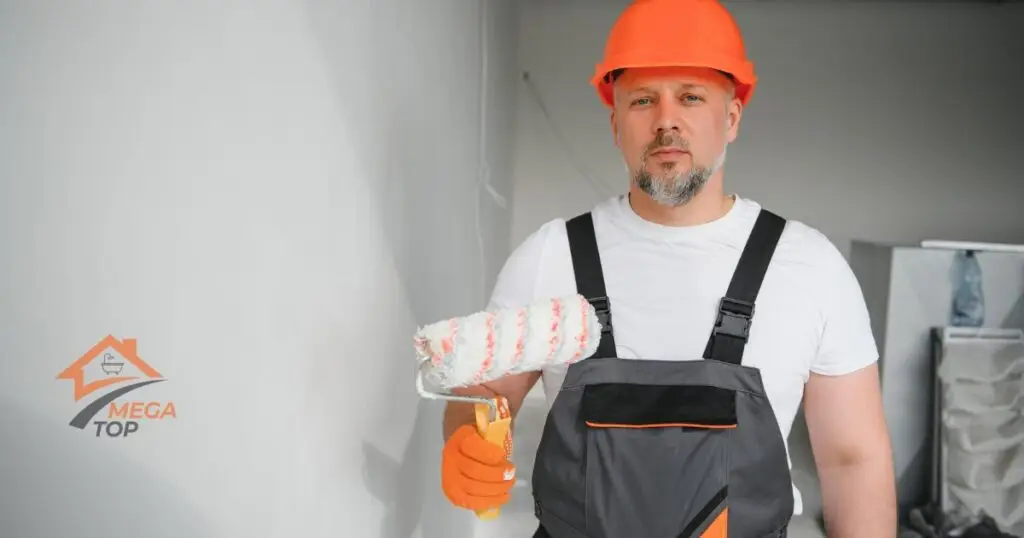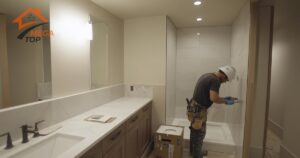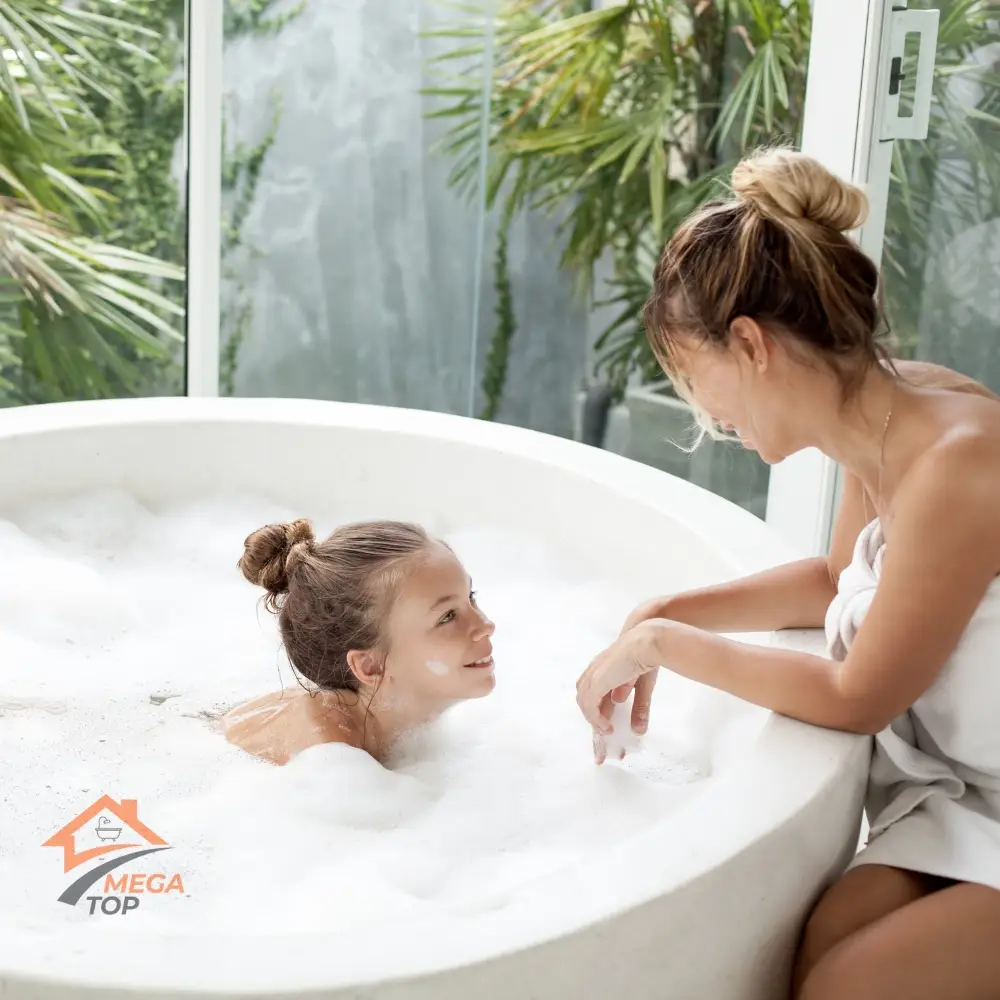Why Is Bathroom Waterproofing Important?
Waterproofing is essential for any bathroom to protect against moisture damage and ensure long-term durability. Bathrooms are high-moisture environments, and without proper waterproofing, water can seep into walls, floors, and fixtures, causing significant issues over time.
Protecting Against Moisture Damage
Waterproofing materials create a barrier that prevents water from penetrating surfaces. This protection helps avoid:
- Structural Damage: Water infiltration weakens floors, walls, and ceilings.
- Mold and Mildew: Damp areas promote unhealthy mold growth.
Ensuring Long-Term Durability
A properly waterproofed bathroom remains functional and visually appealing for years, reducing the need for frequent repairs or renovations.
Key Materials for Bathroom Waterproofing
Bathroom waterproofing relies on specialized materials designed to create an effective seal against moisture. Here are the most commonly used options:
Cementitious Waterproofing
Cementitious coatings are made from cement-based mixtures and additives.
- Uses: Ideal for bathrooms, showers, and wet areas.
- Advantages: Easy to apply, durable, and resistant to wear.
- Drawback: Lack of flexibility for areas prone to movement.
Liquid Waterproofing Membranes
Liquid membranes are applied with a brush, roller, or spray to form a seamless, flexible barrier.
- Uses: Perfect for covering irregular shapes and corners.
- Advantages: Quick application, excellent flexibility.
- Drawback: Requires precise application for best results.
Sheet Membranes
These are pre-formed waterproofing sheets installed on surfaces with adhesive.
- Uses: Common for walls, floors, and under tiles.
- Advantages: Strong, reliable waterproofing with consistent thickness.
- Drawback: Installation can be time-consuming.
Waterproof Sealants
Sealants like silicone and polyurethane provide localized waterproofing.
- Uses: Around fixtures, pipes, and tile joints.
- Advantages: Easy to apply and replace.
- Drawback: Periodic reapplication may be necessary.
Where to Apply Waterproofing in the Bathroom
Waterproofing is not limited to showers or bathtubs. Key areas to focus on include:
Shower and Tub Areas
These high-water-use zones require robust waterproofing to prevent leaks and pooling.
- Tip: Apply liquid membranes and sealants in corners and edges.
Floors and Walls
Water often seeps into cracks or grout lines in tiled areas.
- Tip: Use cementitious or sheet membranes for durable protection.
Around Fixtures
Fixtures such as sinks, faucets, and drains are prone to leaks.
- Tip: Apply sealants to fill gaps around these components.
Common Waterproofing Mistakes to Avoid
Improper waterproofing can lead to costly repairs. Here are some frequent mistakes and how to avoid them:
Skipping Surface Preparation
Neglecting to clean and prime surfaces can reduce the effectiveness of waterproofing materials.
- Solution: Always prepare surfaces by removing dirt, grease, and loose materials.
Ignoring Small Gaps or Cracks
Even tiny gaps can allow water infiltration over time.
- Solution: Carefully inspect and seal all joints, corners, and edges.
Professional Waterproofing vs. DIY Solutions
Choosing between professional services and DIY methods depends on your skills and the complexity of the job.
DIY Waterproofing Pros and Cons
- Pros: Cost-effective for small areas and minor repairs.
- Cons: May lack durability or lead to mistakes that require professional fixes later.
Benefits of Hiring Professionals
- Expertise: Professionals understand material selection and application techniques.
- Warranty: Many professionals offer guarantees on their work.
Hiring a pro ensures a durable, long-lasting waterproofed bathroom, especially for larger or more complex projects.
Tips for Long-Term Bathroom Waterproofing Maintenance
Maintaining your waterproofed bathroom is key to preventing future issues. Here are some tips:
Routine Inspections
Regularly check for signs of wear or damage, such as peeling sealant or discolored grout.
- Tip: Inspect high-moisture areas like showers and sinks.
Proper Cleaning Practices
Use non-abrasive, mild cleaners to protect waterproof coatings. Harsh chemicals can degrade membranes and sealants.
Reapplying Sealants
Sealants around fixtures and tile joints may need periodic refreshing.
- Tip: Replace worn-out sealant every 1-3 years for optimal protection.
By using the right materials and following expert recommendations, you can ensure a water-tight and durable bathroom. Contact professional waterproofing specialists today for top-tier results!
FAQ
Cementitious coatings and liquid membranes are highly effective and commonly used.
Yes, small areas can be waterproofed DIY, but professional services provide better results for complex jobs.
Professional waterproofing can last 10-15 years with proper maintenance.
Only walls exposed to water, such as in the shower or near tubs, typically require waterproofing.
Without waterproofing, water can cause structural damage, mold growth, and costly repairs over time.





